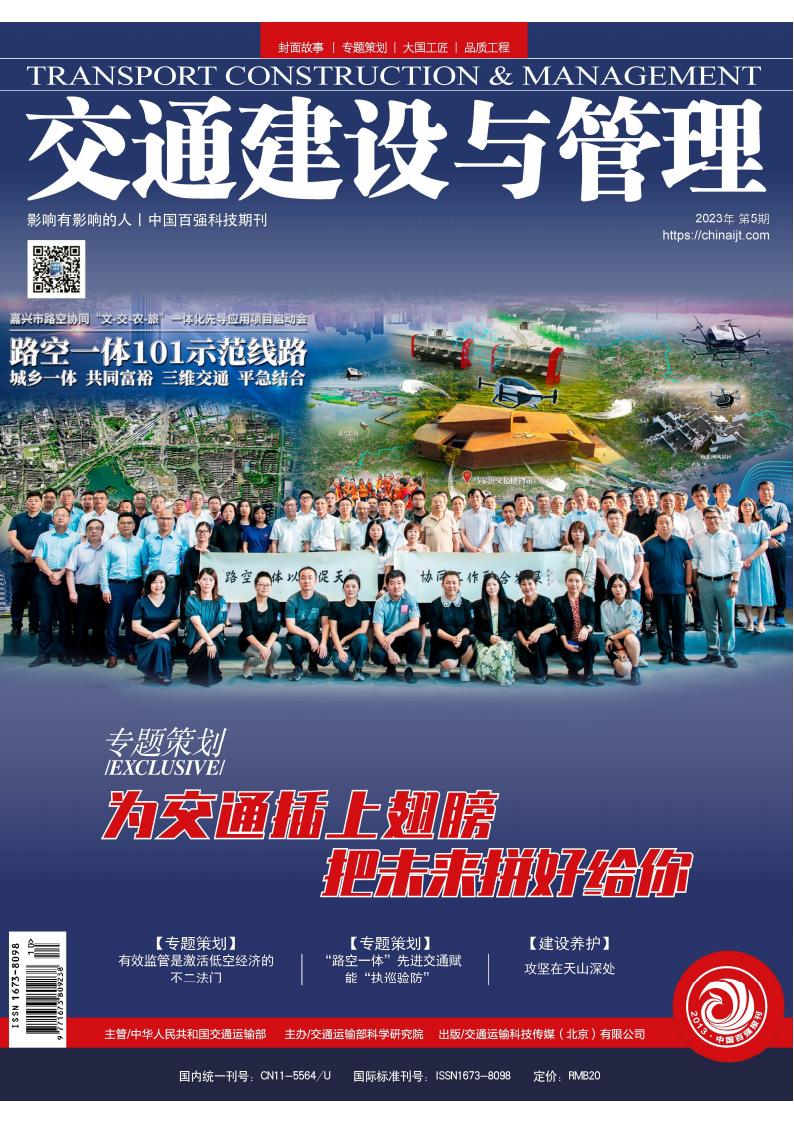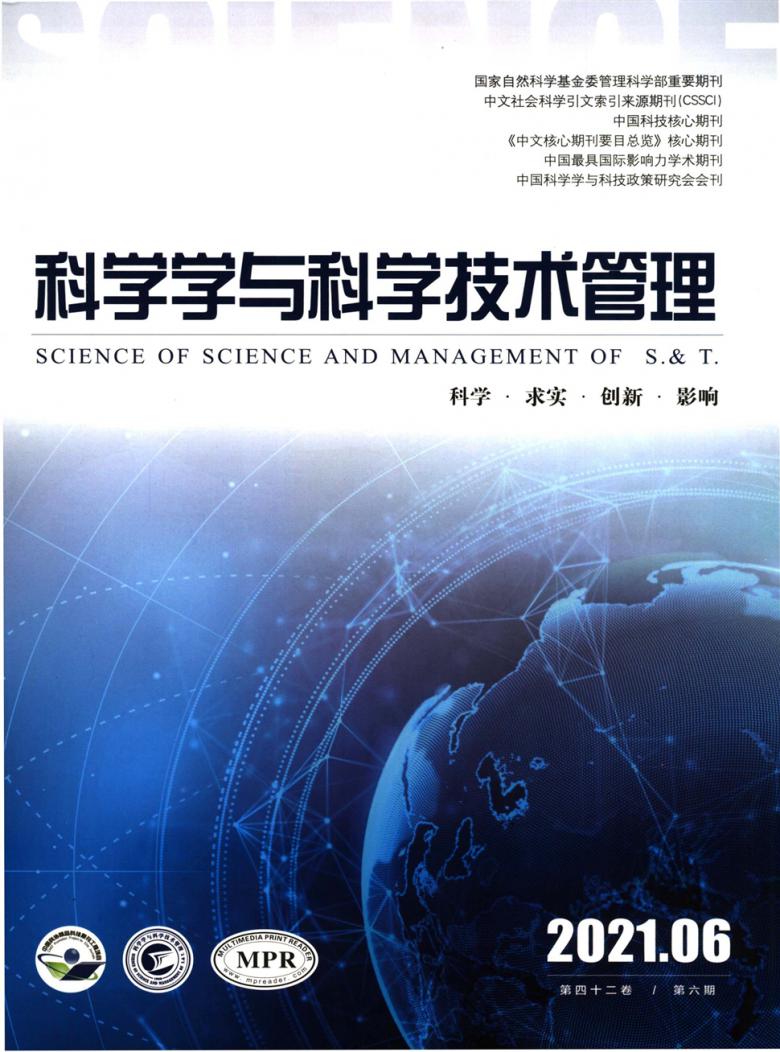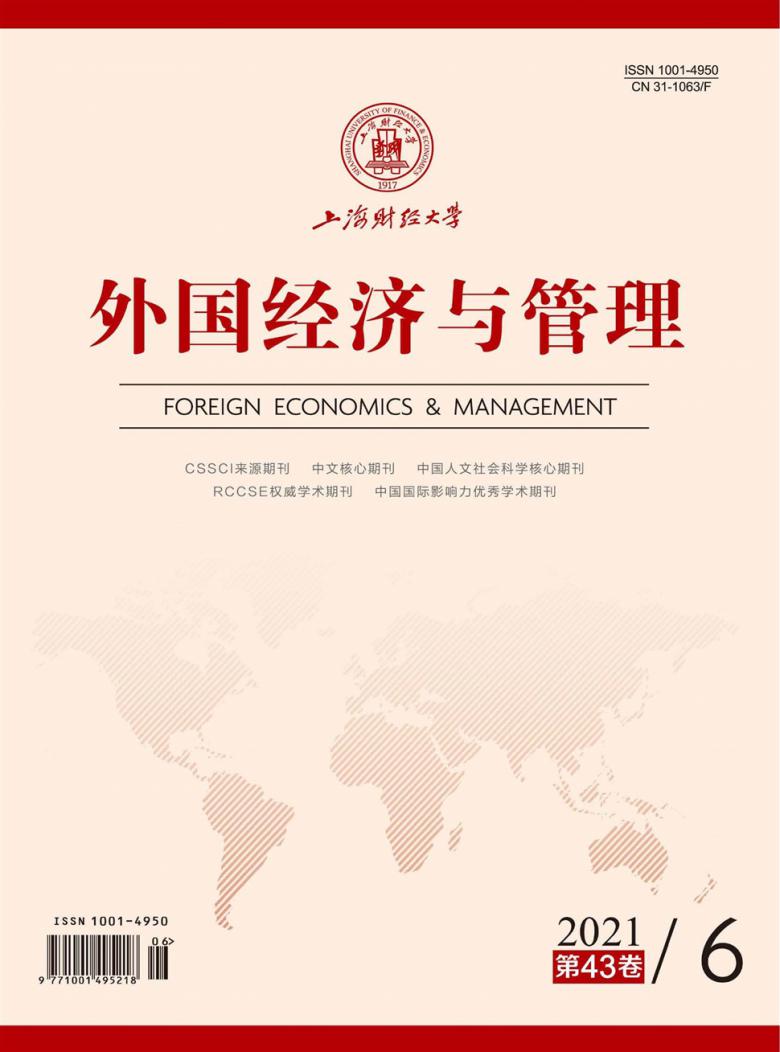抗菌药物诱导性肠球菌耐药的实验研究*
佚名 2006-03-31
【摘要】 目的 深入肠球菌耐药性的产生机制,指导临床合理用药。 采用一步诱导法,对8株粪肠球菌、2株屎肠球菌和9株粪肠球菌、1株屎肠球菌进行四环素和左氧氟沙星诱导性耐药试验。对诱导出的菌株用琼脂稀释法测定药物敏感性;用PCR法检测四环素耐药基因tetM、tetL,用PCR法扩增gyrA、parC基因后测定DNA序列。结果 10株实验菌中的2株诱导产生了多株稳定的四环素耐药株。耐药株的MIC分别为16~128μg/ml,与原株(MIC0.25μg/ml、2μg/ml)比较,增加了16~512倍。在1株实验菌的诱导耐药株的质粒DNA上检测到tetL耐药基因,另一株实验菌株的诱导耐药株的染色体DNA上检测到tetM耐药基因;10株实验菌中的2株诱导产生了多株稳定的左氧氟沙星耐药株。诱导耐药株的MIC分别为16~64μg/ml,与原株(MIC 2μg/ml、2μg/ml)比较,增加了8~32倍。GyrA的QRDR内的第87位或第83位的氨基酸及ParC的 QRDR内的第80位的氨基酸均发生了改变。结论 一步法抗菌药物诱导性耐药试验的结果表明,肠球菌可在高于耐药MIC浓度的抗菌药物短期作用后获得耐药性。
【关键词】 肠球菌 抗菌药物 诱导性耐药 抗菌药物压力
Laboratory study of antibacterial agents on enterococcus induced resistance
【Abstract】 Objective purpose of the present research was to study on the emergence mechanism of enterococcal resistance to a variety of antibacterial agents,and to guide the selection and use of antimicrobial agents in clinical practice.Methods Eight of faecalis enterococcus and two of faecalis enterococcus,nine of faecalis enterococcus and one of faecium enterococcus were selected to performed experiments on induced resistance to tetracycline、levofloxacin respectively by one-step method.The susceptibility of the induced strains resisitant to tetracycline、levofloxacin was measured by determining the MIC using agar dilution method. The tetM and tetL gene in the induced strains were detected by PCR, gyrA and parC gene were amplified by using PCR,then the nucleotide sequence of two genes were analysed.Results Some strains stably resistant to tetracycline were obtained from 2 of 10 test strains,the MICs of these laboratory resistant strains were 16~128μg/ml.with 16-fold~512-fold increase compared with parental strains (MIC 0.25μg/ml、2μg/ml, respectively). The gene of tetL was detected in the plasmid DNA of one test strain and its laboratory resistant strains. The gene of tetM was detected in the chromosome DNA of the laboratory resistant strains from another one test strain. Some strains stably resistant to levofloxacin were obtained from 2 of 10 test strains.The MICs of the laboratory stains were 16~64μg/ml,with 8~32 times higher than that of the parental strains (MIC 2μg/ml、2μg/ml respectively). Neucleotide sequence analysis and comparison of the derived amino acid sequence revealed that GyrA had a substitution at position 83 and 87 in laboratory resistant strains.The alterations in ParC at position 80 were observed in all laboratory resistant strains.Conclusion The results of in vitro experiments on enterococcal strains for induced resistance to tetracycline and levofloxacin, were performed by one-step method,show that acquired resistance could be occurred when exposuring them to high level of some antibacterial agents for short term.
【Key words】 enterococcus antibacterial agents induced resistance antibacterial pressure
近年来,肠球菌作为一种引起感染的重要病原菌已经引起了医学界的广泛关注。美国医院感染监视系统(NISS)已将其列为引起医院感染的第二大病原菌[1]。
肠球菌不仅具有天然耐药性,而且更易被诱导产生新的耐药性。Tankovic报告对环丙沙星耐药的肠球菌由1987~1989年期间的不到2%增加到1991~1993年间的14%以上,而且是由该类药物在临床上的增加所致[2]。在瑞典Huddinge医院,对喹诺酮耐药的肠球菌由1994年的11%增加到1997年的25%[3]。而国内1997~2001年期间临床分离的肠球菌对环丙沙星耐药率分别为粪肠球菌44.2%,屎肠球菌70.7%[4]。在美国,由于万古霉素的使用,1989~1993年间肠球菌对万古霉素的耐药率增加了20倍。这些统计学临床资料已经显示,抗菌药物的临床应用造成的药物选择性压力可能是引起肠球菌耐药性的产生与扩散的重要原因之一。
为深入探索肠球菌耐药性的产生和,本课题就此进行了部分抗菌药物的实验研究。
1 材料与方法
1.1 材料
1.1.1 菌株 实验菌株TE1~TE10(TE3、TE9为屎肠球菌,其它为粪肠球菌)用于四环素诱导性耐药试验。实验菌株LE1~LE10(LE2为屎肠球菌,其它为粪肠球菌)用于左氧氟沙星诱导性耐药试验。质控菌株为粪肠球菌ATCC29212、粪肠球菌ATCC 51299。
1.1.2 抗菌药物 左氧氟沙星(LEV,5μg/片)、四环素(TCY,30μg/片)药敏纸片购自Oxoid公司。四环素、左氧氟沙星粉剂购自生物制品研究所。
1.1.3 试剂 心脑浸液、M-H琼脂,购自BECTON-DICKINSON公司。Vitek细菌鉴定卡及药敏鉴定卡购自法国生物梅里埃公司。PCR引物由赛百盛公司合成。四环素耐药基因tetM引物为5′-GAC ACG CCA GGA CAT ATG G-3′, 5′-TGC TTT CCT CTT GTT CGA G-3′;四环素耐药基因tetL引物为5′-ATA AAT TGT TTC GGG TCG TTA AT-3′,5′-AAC CAG CCA ACT AAT GAC AAT GAT-3′;DNA消旋酶gyrA引物为5′-CGG GAT GAA CGA ATT GGG TGT GA-3′,5′-AAT TTTACT CAT ACG TGC TTC GG-3′;DNA消旋酶parC引物为5′-AAA CCT GTT CAG CGC CGC AT-3′,5′-TCG GTG TAA CGC ATT GCC GC-3′。
1.1.4 仪器设备 Vitek AMS-60全自动细菌鉴定及药敏系统(法国生物梅里埃公司)。AG-9600 AMPLISENSOR MINILYZER PCR扩增仪(美国)。
1.2 方法
1.2.1 实验菌株的选择 依据细菌鉴定及MIC结果,最终选择对四环素敏感的8株粪肠球菌和2株屎肠球菌(MIC 0.25~4μg/ml)作为四环素诱导性耐药的实验菌株;对左氧氟沙星敏感的9株粪肠球菌和1株屎肠球菌(MIC 0.5~2μg/ml)作为左氧氟沙星诱导性耐药实验菌株。
1.2.2 药物敏感性试验 琼脂稀释法参照2002年NCCLS推荐的方法进行操作及判读结果,同时测定粪肠球菌ATCC29212、粪肠球菌ATCC 51299的MIC进行质控。
1.2.3 四环素诱导性耐药试验 采用一步法。参照[5]及肠球菌对四环素耐药的MIC界值,首先确定四环素诱导耐药试验的药物浓度为20μg/ml、细菌接种量为107CFU/每个平板。将实验菌制备成1×108CFU/ml菌悬液,取100μl菌悬液加入到含20μg/ml四环素的BHI琼脂平板上,用无菌L形棒均匀涂布平板,35℃培养24h、48h、72h、96h、120h后观察结果,并记录生长的菌落数。取培养后生长出的菌落,纯培养后制备1×108CFU/ml菌悬液,取100μl菌悬液涂布接种新鲜制备的含20μg/ml四环素的BHI琼脂平板,35℃培养18~24h,观察有无细菌生长。在新鲜制备的及35℃分别放置了24、48、72、96和120h的含20μg/ml四环素的BHI琼脂平板上,涂布接种100μl 1×108CFU/ml粪肠球菌ATCC29212及实验菌悬液,于35℃培养18~24h后观察有无菌落生长。对诱导出的菌株用琼脂稀释法测定药物敏感性,用PCR检测tetL和tetM耐药基因。
1.2.4 左氧氟沙星诱导性耐药试验 采用一步法。参照四环素诱导性耐药试验,首先确定左氧氟沙星诱导耐药试验的药物浓度为10μg/ml。其余步骤基本同四环素诱导性耐药试验。此外,对部分诱导出的菌株的gyrA和parC基因扩增后,进行DNA序列。
1.2.5 诱导性耐药菌株的稳定性试验 将诱导的耐药菌接种在无抗菌药物BHI肉汤中,35℃培养,每24h转种一次,连续培养10代。然后进行药物敏感性测定。
1.2.6 耐药基因测定 碱裂解法制备质粒DNA、参照方法[6]制备染色体DNA。PCR反应体系100μl,含模板DNA约0.2μg,引物0.2μmol/L,0.2mmol/L dNTP,10mmol/L Tris-HCl,50mmol/L KCl,2.5mmol/L MgCl2,2.5U TaqDNA聚合酶。耐药基因DNA测序:将g






